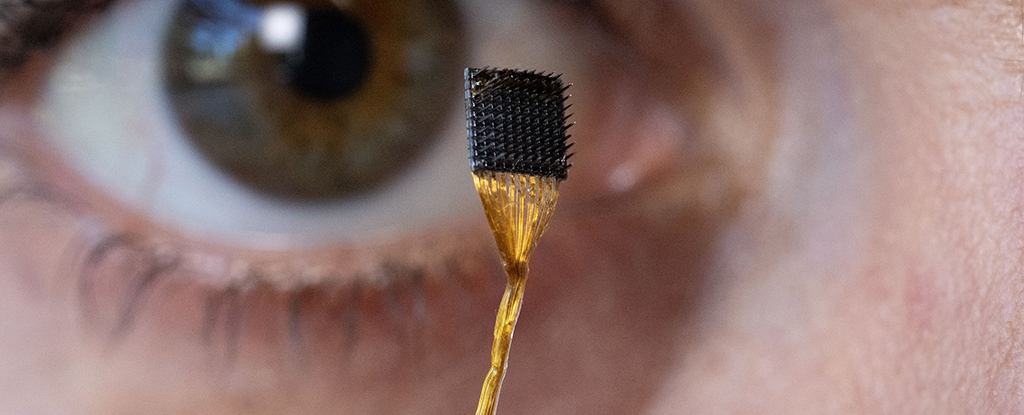
Researchers have made groundbreaking advancements in brain-computer interface (BCI) technology, unveiling a system capable of translating thoughts into speech. Developed by a collaborative team from various institutions in the United States, this innovative inner speech decoder achieved an impressive accuracy rate of up to 74 percent during tests involving four volunteers with severe paralysis. The implications of this technology are profound, offering new avenues for communication for individuals with speech or motor impairments.
This new BCI differs from previous models, which primarily relied on brain activity generated when individuals attempted to speak or write. Instead, the latest system directly interprets the underlying thought processes, making it potentially more effective and user-friendly. According to Benyamin Meschede-Krasa, a neuroscientist at Stanford University, “If you just have to think about speech instead of actually trying to speak, it’s potentially easier and faster for people.”
How the Technology Works
The BCI operates through an implant that measures neural activity, identifying patterns associated with phonemes, the basic units of speech. These phonemes are then synthesized into coherent sentences. The research team employed machine learning techniques to train the system, linking brain signals to specific words as participants thought of them, particularly targeting the motor cortex responsible for movement.
During the experiments, researchers discovered significant overlap between brain activity patterns when the participants attempted to speak and when they merely imagined words. Although the signals could be distinguished, the BCI was able to recognize up to 125,000 words through inner speech alone, indicating a significant leap in decoding capabilities.
Frank Willett, another neuroscientist from Stanford University, explained, “These patterns appeared to be a similar, but smaller, version of the activity patterns evoked by attempted speech. We found that we could decode these signals well enough to demonstrate a proof of principle, although still not as well as we could with attempted speech.”
Challenges and Future Prospects
Despite the promising results, the BCI still has a long way to go before achieving consistent accuracy. The technology often fell short of the maximum 74 percent accuracy rating during testing. However, researchers are optimistic that enhancements in implant technology and expanded brain mapping could lead to significant improvements within the next few years.
Another critical aspect that researchers are addressing is the potential for the system to inadvertently translate private thoughts into audible speech. To mitigate this risk, they propose implementing safeguards, such as requiring users to think of a designated password to activate or deactivate the decoding process. Initial trials of this concept showed a high accuracy rate of 98 percent.
The field of brain-computer interfaces is advancing rapidly, as evidenced by another study released earlier this year that focused on real-time thought decoding tailored to an individual. “The future of BCIs is bright,” Willett remarked. “This work gives real hope that speech BCIs can one day restore communication that is as fluent, natural, and comfortable as conversational speech.”
The findings from this research have been detailed in the journal Cell, marking a significant step forward in efforts to enhance communication for those with severe communication challenges.





